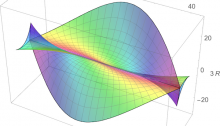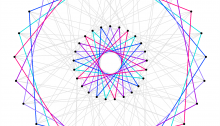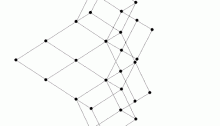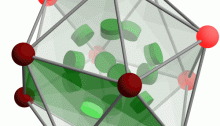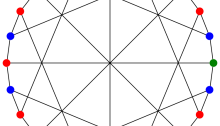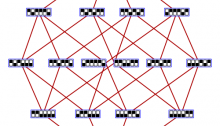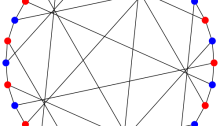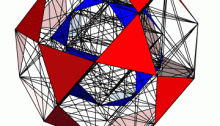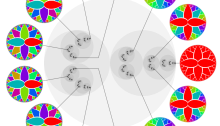Discriminant of the Icosahedral Group
This image, created by Greg Egan, shows the ‘discriminant’ of the symmetry group of the icosahedron. This group acts as linear transformations of R3 and thus also C3. By a theorem of Chevalley, the space of orbits of this group action is again isomorphic to C3. Each point in the surface shown here corresponds to a ‘nongeneric’ orbit: an orbit with fewer than the maximal number of points. More precisely, the space of nongeneric orbits forms a complex surface in C3, called the discriminant, whose intersection with R3 is shown here.

